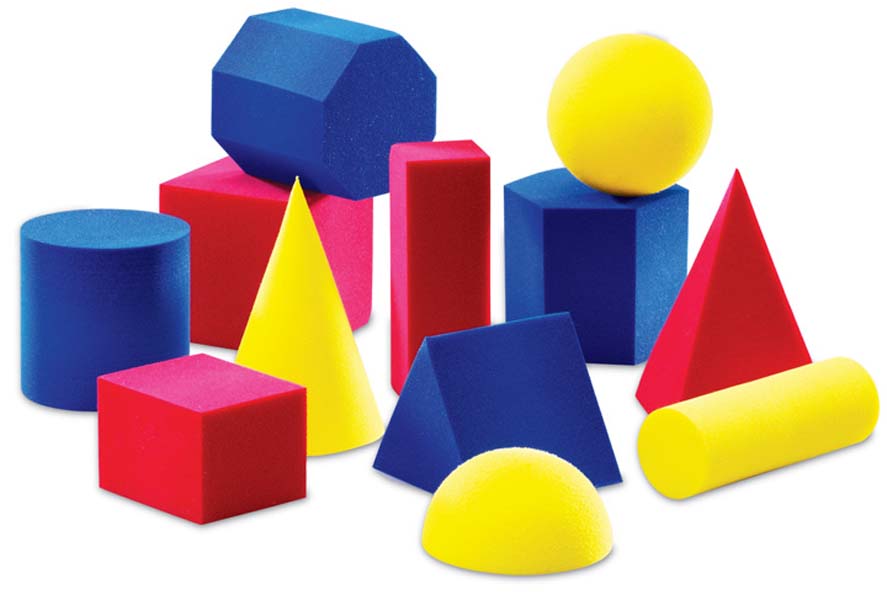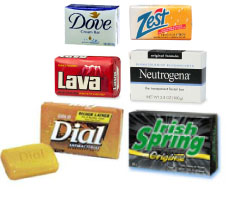Many science activities rely on taking an accurate measurement of the volume of liquids and solids. Below you’ll find a reference for how to measure the volume of different types of matter. Activities in this blog that require students to measure volume will include a link back to this page for reference.
VOLUME OF A LIQUID
This one is easy . . . add the liquid to a container that measures volume! 🙂 One suggestion would be to find measuring containers that measure in milliliters (mL)and (L) so that children become familiar with metric measurements.
VOLUME OF A REGULAR SOLID
A “regular” solid means one that has a specific geometric shape whose dimensions can be measured accurately with a ruler. Here are some of the basic formulas used to measure the volume of geometric shapes:
 Be sure to measure lengths in metric units such as centimeters (cm) or millimeters (mm). All volume measurements will then be in cubic centimeters or cubic millimeters.
Be sure to measure lengths in metric units such as centimeters (cm) or millimeters (mm). All volume measurements will then be in cubic centimeters or cubic millimeters.
VOLUME OF AN IRREGULAR SOLID
The water displacement method is typically used to measure the volume of an “irregular solid,” a solid that lacks a regular geometric shape whose dimensions can be measured with a ruler. To use the water displacement method you will need a container that will hold the object to be measured, and that is marked in metric units, preferably milliliters.
1. Fill the container with enough water to cover the object.
2. Record the amount of water in the container, preferably in milliliters.
3. Insert the object to be measured, being careful not to let it “plop” in and splash water out!
4. Record the new water level in the container.
5. Subtract the two water levels to determine the amount of water that was “displaced” (moved out of the way) when the solid object was inserted.
6. Because 1 milliliter of water = 1 cubic centimeter of water, you can assume that the volume of water displaced in milliliters is the same as the volume of the solid object in cubic centimeters.
Many of the activities in this blog will require that students find the volume of different substances. This page will be linked so you can easily return for a refresher on measuring volume! 🙂




